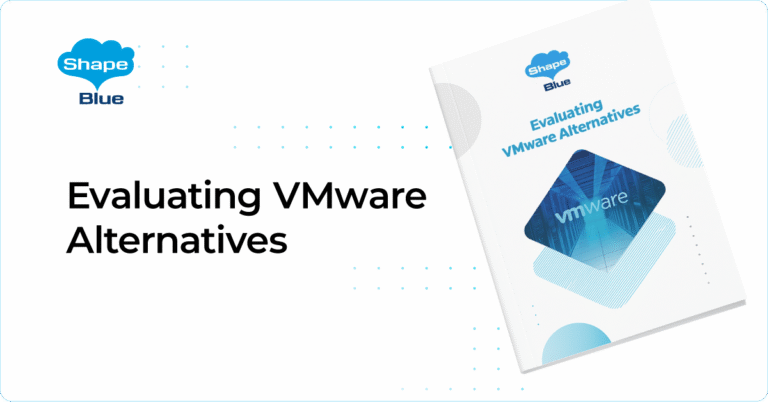Securing Your Data with Volume Encryption in Apache CloudStack
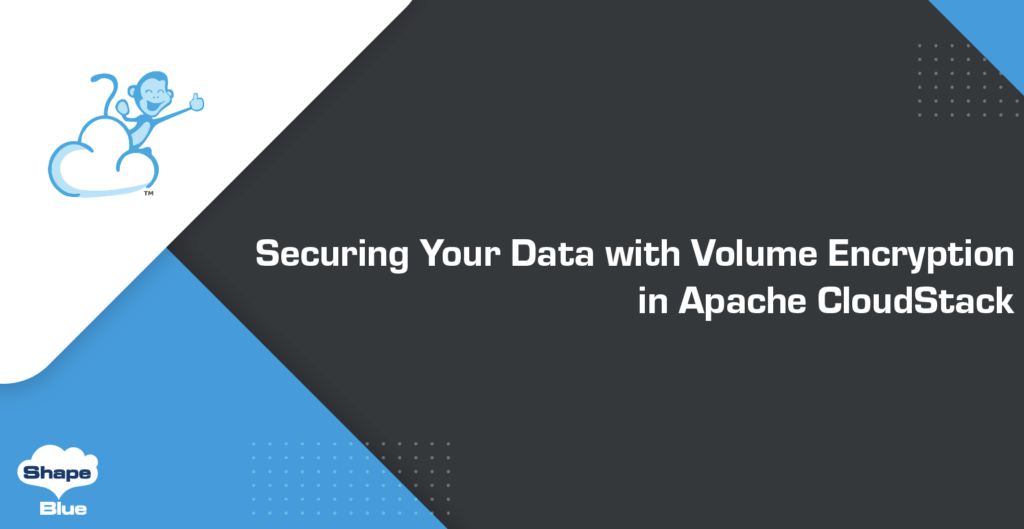
Protecting sensitive data is crucial in the face of growing cyber-attacks, meaning robust security measures are necessary. While backup and disaster recovery (BDR) play a significant role in data protection, other technologies such as volume encryption offer additional protection against a broader range of threats, especially unauthorized disclosure of sensitive information. This can include confidential […]
Secure KVM VNC Connections l CloudStack Feature First Look
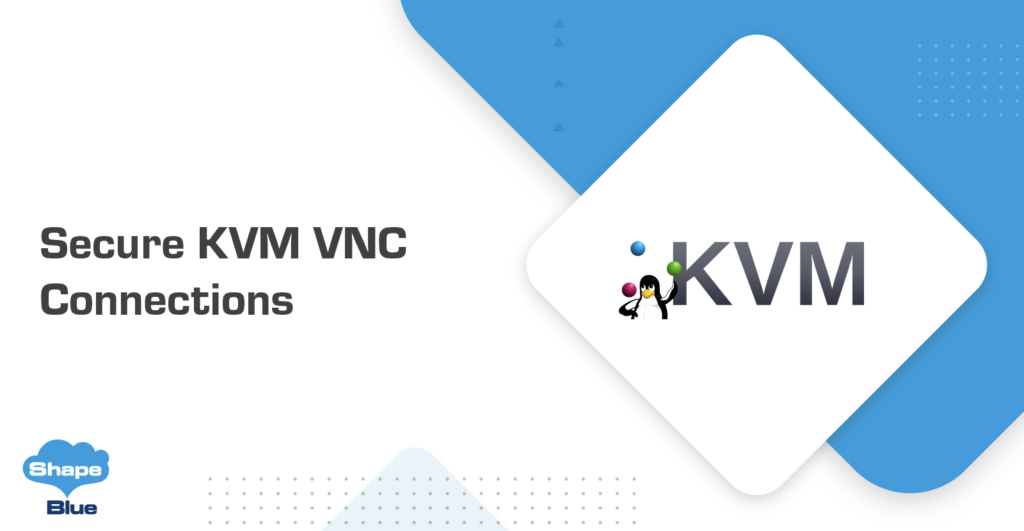
Introduction In a previous blog post (https://www.shapeblue.com/api-driven-console-access/) we described the latest improvements around VNC console access in CloudStack 4.18. These improvements included switching it to an API-driven approach, and introduced a way to secure WebSocket traffic between the CPVM and end-users, whilst the traffic between the CPVM and hosts remained decrypted. This blog post explains […]
API-driven Console Access l CloudStack Feature First Look
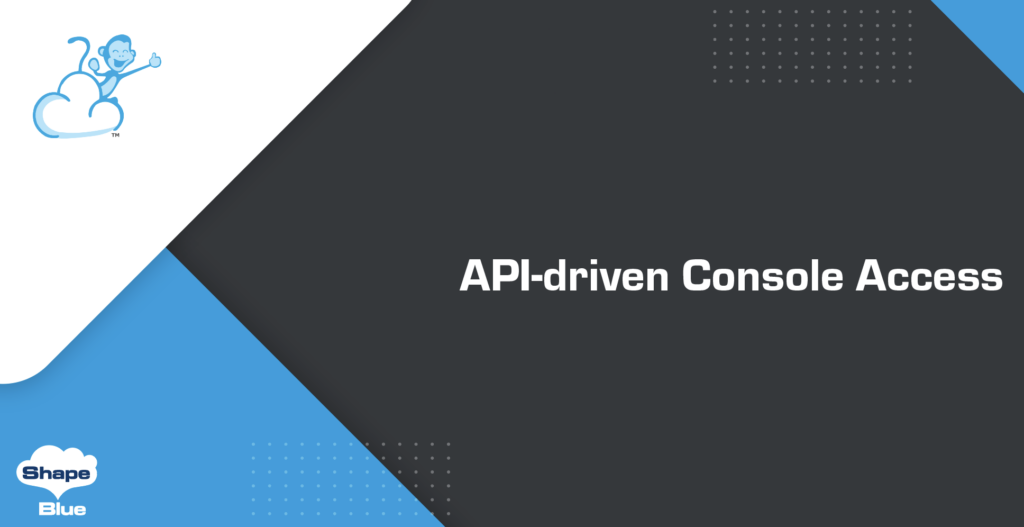
Introduction: The Apache CloudStack Console Proxy (CPVM) is a type of system virtual machine that presents an Instance’s console view via the web UI (connecting to the VNC port made available through the hypervisor). Both the admin and end-user web UIs offer a console connection. To provide access to the Instances console service, the CPVM […]
CloudStack Managed UserData – Automating Cloud Services by Maintaining Compliance Policies
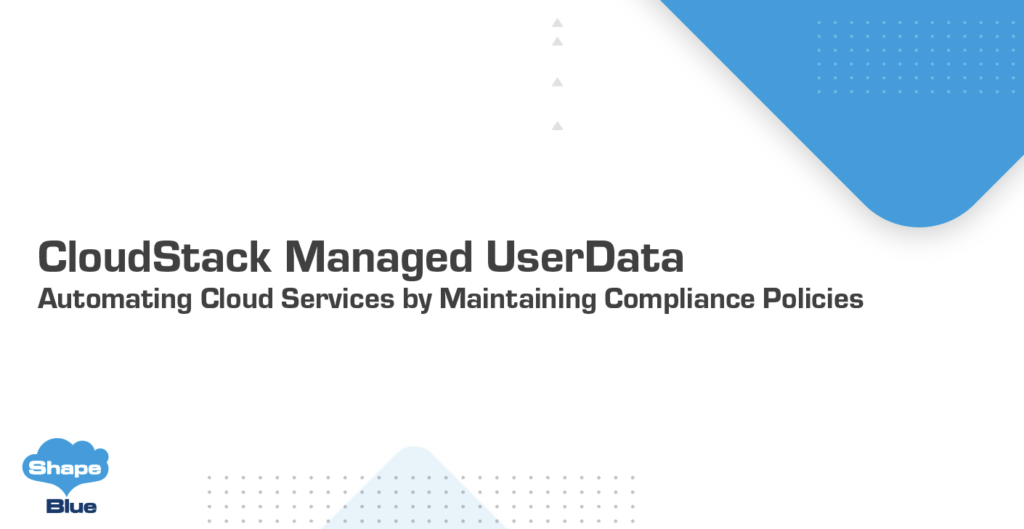
UserData is an industry-standard used in IaaS cloud computing and has become a standard tool for cloud administrators and users alike. It provides a flexible and efficient way to configure and customize cloud instances during the deployment process. UserData scripts are utilized as external resources – decoupled from Apache CloudStack – where users freely define […]
CloudStack Managed User Data l CloudStack Feature First Look
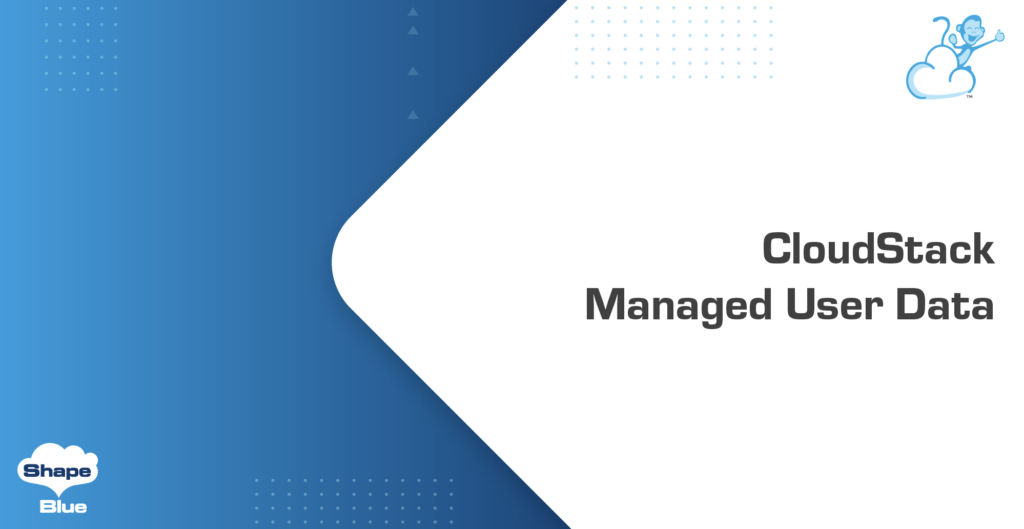
Introduction When launching a new Instance on Apache CloudStack, users can set a UserData script to be executed by cloud-init during the boot process. The ‘CloudStack Managed UserData’ feature extends this functionality allowing one to automate the installation of packages, update the instance’s OS, and configure applications during instance deployment. Introduced in Apache CloudStack 4.18, […]
Edge Zones l CloudStack Feature Deep Dive

Edge computing is the talk of the town these days. With the impetus on lowering infrastructure costs, concerns about data protection policies and efforts to provide lower latency and better services to the end-users, edge computing have been gaining traction with cloud providers. With the release of version 4.18, CloudStack is also taking a step […]
Service Elasticity with CloudStack Autoscaling
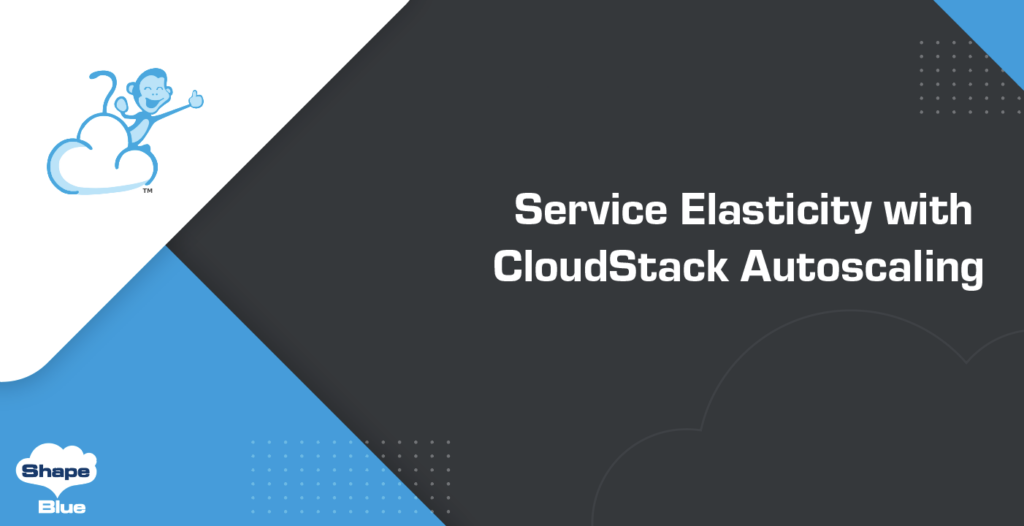
Autoscaling enables the automatic adjustment of allocated cloud resources based on traffic spikes and usage patterns. When unused, resources are rigidly defined with a fixed amount of resources unable to grow as demand increases or shrink as demand decreases. This is a crucial feature in cloud computing, where the goal is to pay only for […]
What’s New in Apache CloudStack 4.18
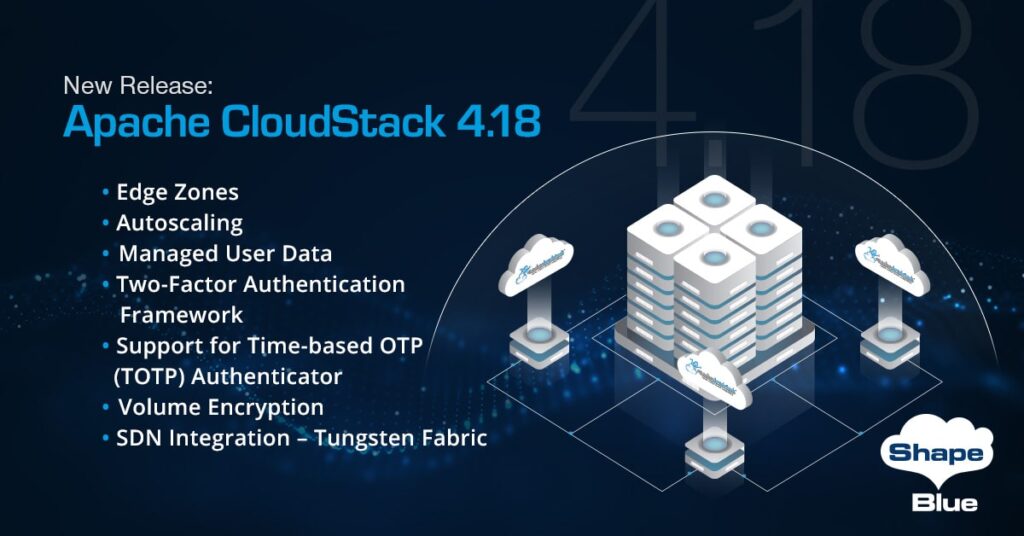
Apache CloudStack 4.18 is the latest release of the cloud management platform from the Apache Software Foundation and is a result of months of work from the development community. Apache CloudStack 4.18 is an LTS (Long Term Support) release so will be maintained for a period of 18 months after release. As always, the release […]
Leveraging Apache CloudStack for Edge Computing
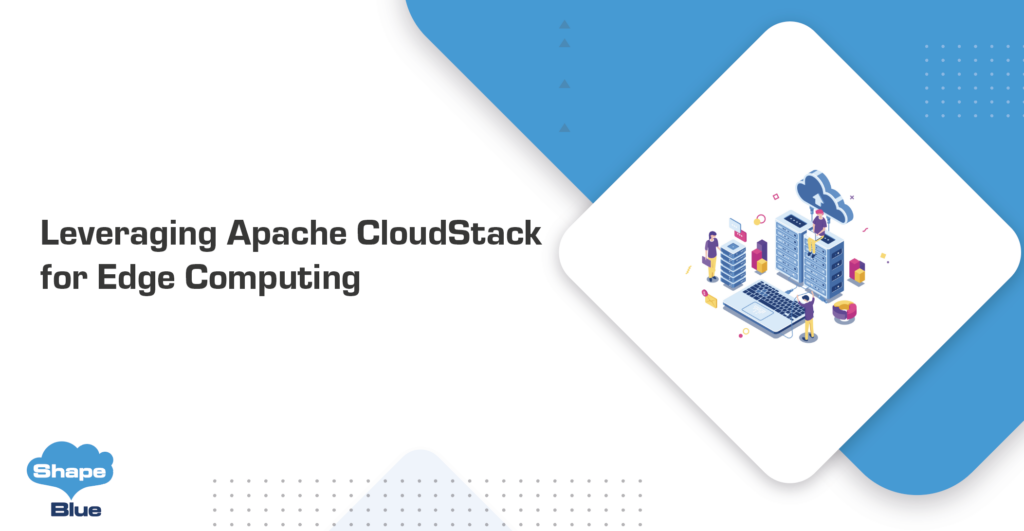
What is Edge Computing? Edge computing is a distributed computing architecture that brings computing capabilities to the network’s periphery, closer to the data’s source, where it can be processed locally without the need to ship it back to a centralized computing resource. This drastically reduces latency, thus enabling real-time processing while lowering bandwidth costs. The […]
Kubernetes CAPI Provider for Apache CloudStack by Amazon Web Services and ShapeBlue
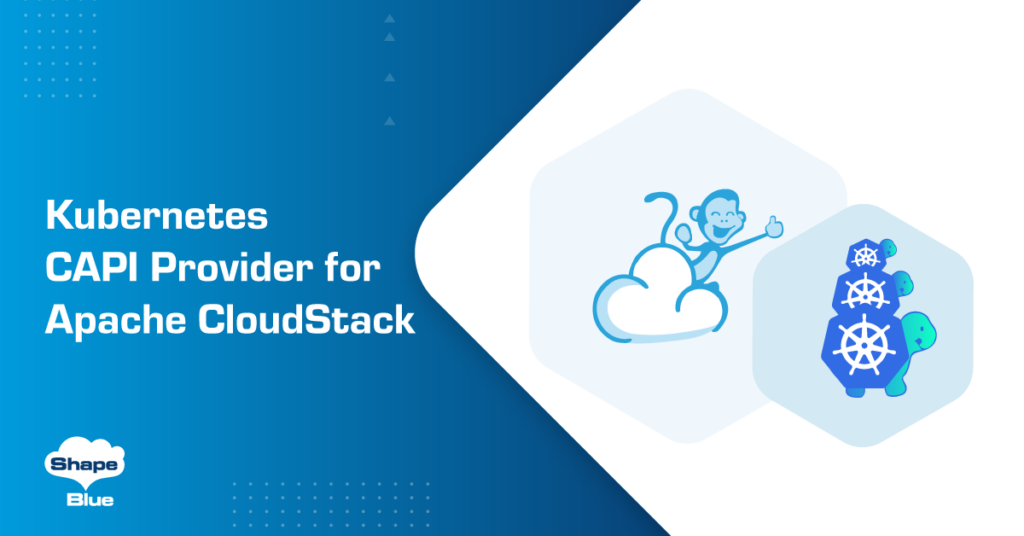
The Kubernetes Cluster API (CAPI) provider for Apache CloudStack allows Kubernetes users to build and manage resources on Apache CloudStack. The provider is available under the Apache 2 open-source license and has been donated to the Cloud Native Computing Foundation (CNCF) and was developed by Amazon Web Services (AWS) and ShapeBlue. CAPI is a Kubernetes […]



